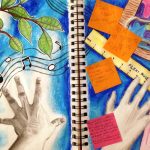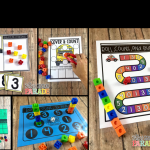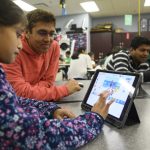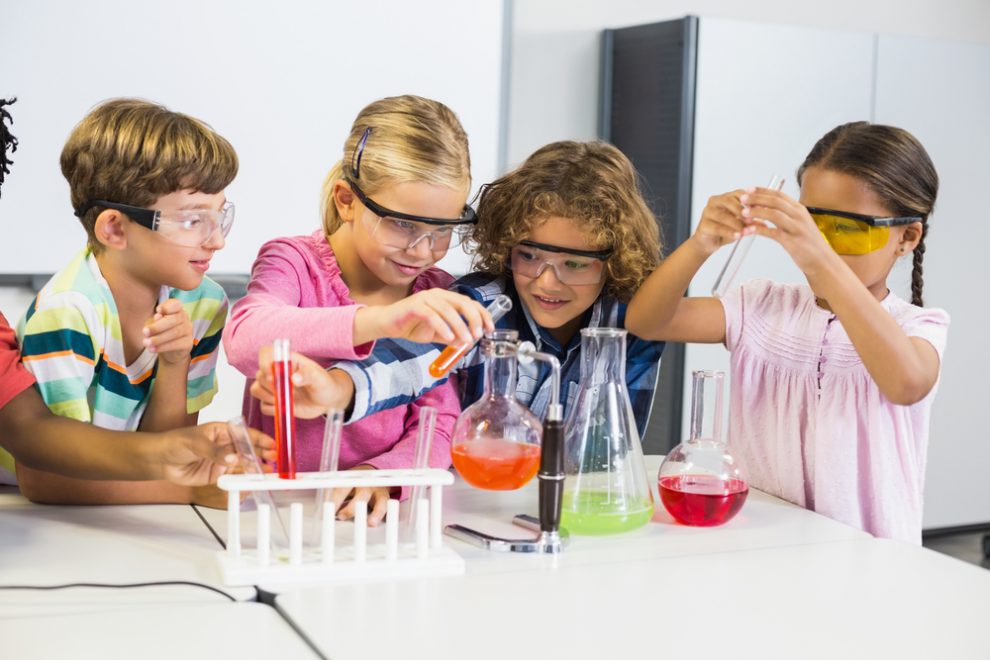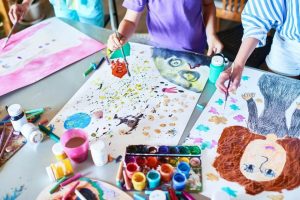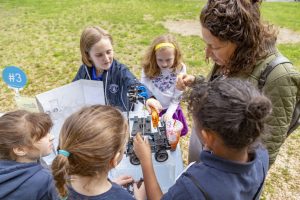
Hands-on science engages students’ innate curiosity about the world. As Albert Einstein stated, “The important thing is not to stop questioning. Curiosity has its own reason for existing.” Experiments allow K-8 students to channel their inquisitiveness into critical thinking, problem solving, and discovery.
Kitchen Chemistry
The kitchen is a hotbed of STEM exploration. Cooking offers practical lessons about chemical reactions each time ingredients are mixed and heated. Have students hypothesize what might happen before trying these edible experiments:
- Bake soda volcanoes – see the power of acid-base reactions when vinegar and baking soda explode.
- Make rock candy crystals – observe crystallization as sugar molecules stack around sticks, forming translucent gems.
- Conduct a celery soak test – watch how water travels up plant stems via capillary action.
- Check densities of liquids – mix oil, water, corn syrup and alcohol in one container and note how they separate into layers.
Tasting the results not only excites young scientists, but reinforces how STEM and food intersect in everyday life.
Backyard Biology
Nature is ripe for scientific discovery in schoolyards and neighborhoods. Provide tools like magnifying glasses, binoculars, insect catchers and measurement instruments for outdoor exploration.
Have students design projects studying local flora and fauna:
- Identify bird species and their adaptations.
- Study life cycles watching caterpillars become butterflies.
- Dig for earthworms and investigate soil composition.
- Observe ants in colonies and track their behaviors.
- Plant a garden to nurture seeds into vegetables and flowers.
Experiencing science firsthand in the great outdoors captivates and empowers student researchers.
Physics Playground
Playtime favorites like blocks, balls and magnets offer tangible ways to experience principles of physics:
- Experiment with magnet strength, polarity and attraction/repulsion using different materials.
- Explore concepts like inertia, momentum and kinetic energy through collisions with balls and ramps.
- Test gravity and load-bearing by building structures and contraptions with blocks, dominoes and marbles.
- Mix materials like clay, straw and tape to engineer earthquake-resistant buildings.
Since physics underlies mechanisms in our everyday world, interfacing with toys demonstrates these forces in action.
Squishy Science
For a mess-free way to play with states of matter, provide squishy substances like Oobleck (cornstarch and water), flubber (glue and borax) and playdough. Challenge students to concoct their own doughy concoctions using ingredients like shaving cream, bubble solution and edible jello powder.
These semi-solid materials make concepts like viscosity, polymers and solids vs liquids tactile. Let kids handle the squishy stuff while observing how the substances morph and flow. Slime time isn’t just fun – it’s full sensory science!
Recycled Engineering
Everyday discarded items become construction materials for design challenges. Provide a recycling bin of tubes, bottles, boxes, straws, string and tape. Pose engineering problems for kids to solve:
- Build the tallest tower possible that can stand on its own.
- Design a catapult that launches objects across the room.
- Create a boat that floats without sinking.
- Construct a marble roller coaster with loops and turns.
With imagination and perseverance, students transform trash into ingenious inventions while learning principles of stability, buoyancy, gravity and more.
Power of Perception
Explore the science of the senses with experiments that trick the mind:
- Mix scented oils, then have students identify mystery smells with eyes closed.
- Place various textured items in opaque bags and have kids guess each one by touch alone.
- Test taste perception using jellybeans with unconventional flavors like grass or dirt.
- See if sound travels through different materials by listening via tubes and tunnels.
- Bend or cross fingers while handling objects to confuse tactile senses.
By actively engaging their senses, children gain appreciation for how the brain and nervous system translate perception.
Night Sky Science
Gazing at the cosmos is a stellar way to introduce astronomy and the wonders of space. Have students identify constellations, stars and planets visible in your night sky. Track the moon’s phases over a month. Capture planetary orbits using balls circling a “sun” in the classroom.
During daytime, simulate the scale of the solar system with a hallway model, placing paper sun/planets at proportional distances. Study lunar phases using balls and flashlights. Make DIY spectroscopes to analyze light from celestial objects.
No need to visit a planetarium – equip students to navigate the galaxy right from your own backyard or classroom.
Coding Adventures
Computer science provides tools to unlock mysteries through coding. Introduce programming languages like Scratch, Logo and Python using storytelling to add adventure:
- Traverse a maze by coding directional commands.
- Go on scavenger hunts using programmed clues.
- Create a choose-your-own-adventure game with multiple coded outcomes.
- Simulate an archeological dig by revealing layered images on the screen.
Weaving narrative into coding makes abstract concepts exciting. And realizing their codes can control stories and simulations empowers young programmers.
Fantastic Physics
Magic tricks rely on science sleight-of-hand to create illusions. Introduce classic stunts and challenge students to uncover the physics properties that make them work:
- Guess which cup the ball is under, learning about perception tricks.
- Use chemical reactions to make objects change color.
- Harness static electricity to bend water streams.
- Levitate objects with magnets and foil.
Blending science with magic and mystery keeps students guessing about the forces at play and just how the seemingly impossible becomes possible.
Here Be Dragons
Medieval maps warned, “Here be dragons” in uncharted territories. Encourage students to explore the unknown through open-ended experiments with no planned outcome.
Provide general prompts like “What happens if we mix these?” or simple materials like baking soda and vinegar. Step back as kids design their own experimental procedures. Honor the scientific process by allowing “failed” attempts. Create a classroom Failures Board displaying examples of when things didn’t go as planned during these freeform trials.
Unscripted scientific discovery pushes boundaries, unlocks creativity, and reminds students that asking “what if?” can lead to big ideas. The next generation of innovators await their turn to discover dragons.
Spark curiosity. Get messy. Explore freely. Hands-on science equips students to channel their inner Einstein through experimental trial, error, and discovery. When science comes alive, young minds take flight on voyages of imagination beyond the classroom walls.

